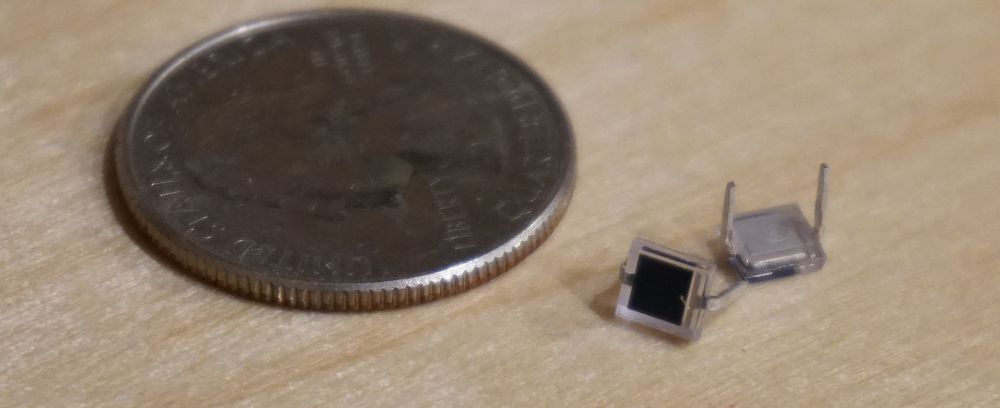Photodiodes
Photodiodes are the opposite of LEDs, when photons enter, they get converted into electrical energy. Fun fact about LEDs; although not as efficient, they can also be used as photodiodes!

Vs. Photoresistors
Photodiodes differ from photoresistors in that while a photoresistor can tell you how much ambient light is present, a photodiode is really only effective at differentiating between light and dark. Unlike a photoresistor, which has a variable resistance depending on the amount of light hitting it, when light hits a photodiode, it actually converts the photons to free electrons and creates a small electric current.
In this way, photodiodes are the digital counterpart to analog photoresistors.
Additionally, photodiodes are very fast, reacting to light much more quickly than photoresistors. They're sometimes used in a special opto-isolator circuits in which an LED is pointed at a photodiode to transmit digital information between circuits without having an electrical connection. In fact, fiber optic communications are done this way; an LED is connected to a photodiode via a fiber optic cable.